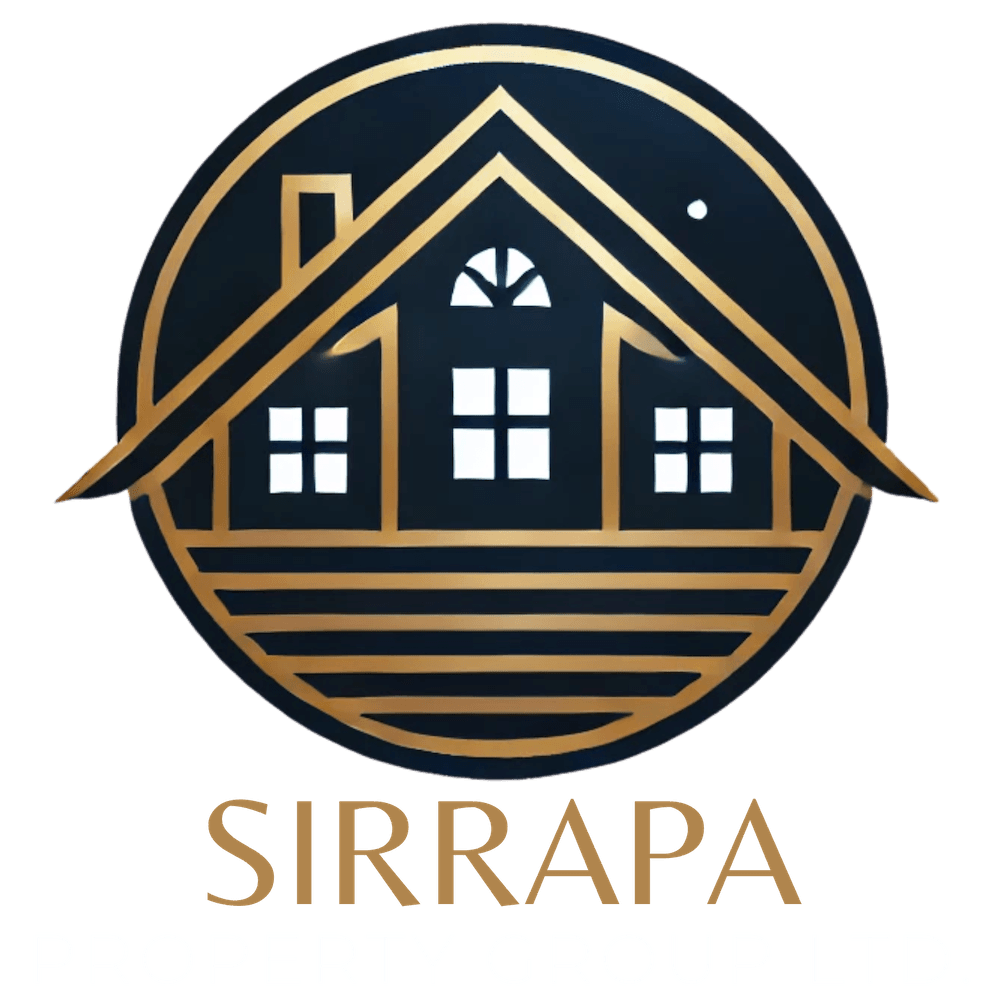Sustainable Development in Real Estate: Best Practices for Long-term Success
Understanding Sustainable Development in Real Estate
Sustainable development in real estate is an approach that balances environmental, social, and economic factors to ensure long-term success. It involves designing and constructing buildings that meet present needs without compromising the ability of future generations to meet their own. This forward-thinking approach is gaining traction as developers, investors, and occupants increasingly recognize the importance of sustainability.

Environmental Considerations
One of the primary aspects of sustainable development is minimizing the environmental impact of real estate projects. This can be achieved through several practices:
- Energy Efficiency: Incorporating energy-efficient systems such as solar panels, LED lighting, and smart thermostats to reduce energy consumption.
- Water Conservation: Implementing rainwater harvesting and low-flow fixtures to minimize water usage.
- Sustainable Materials: Choosing materials that are locally sourced, recycled, or have low embodied energy.
By focusing on these areas, developers can significantly reduce the carbon footprint of their projects, contributing to a healthier planet.
Economic Benefits of Sustainable Practices
While the initial costs of sustainable development might be higher, the long-term economic benefits are substantial. Energy-efficient buildings tend to have lower operating costs due to reduced utility expenses. Additionally, sustainable buildings often command higher rental rates and property values. Investors and developers who incorporate green building practices can also benefit from various incentives and tax breaks offered by governments.

Social Impact and Community Engagement
Sustainable development in real estate also emphasizes the social aspect by enhancing the quality of life for occupants and surrounding communities. This includes creating spaces that promote health and well-being, such as buildings with ample natural light, good air quality, and access to green spaces. Community engagement is vital during the planning stages to ensure that the development meets the needs of local residents and stakeholders.
Involving the community can lead to improved project acceptance and a sense of ownership among residents, fostering a supportive environment for long-term success.

Innovative Technologies and Sustainable Design
Technology plays a crucial role in advancing sustainable development in real estate. Smart building technologies enable real-time monitoring and management of energy use, while innovative design solutions can optimize space and reduce waste. For instance, modular construction techniques allow for more efficient use of materials and faster construction times, reducing both costs and environmental impact.
Additionally, incorporating biophilic design elements—such as living walls or rooftop gardens—can enhance the connection between occupants and nature, promoting well-being and productivity.
Challenges and Overcoming Barriers
Despite the numerous benefits, some challenges remain in implementing sustainable practices in real estate. These include higher upfront costs, lack of awareness or expertise, and regulatory hurdles. However, these barriers can be overcome by:
- Education and Training: Providing resources and training for developers and architects on sustainable building practices.
- Policy Support: Advocating for policies that incentivize sustainable development.
- Collaboration: Partnering with industry experts and stakeholders to share knowledge and best practices.
By addressing these challenges head-on, the real estate industry can make significant strides towards sustainability.
The Future of Sustainable Real Estate
The future of real estate lies in sustainability. As awareness grows and technology advances, sustainable development will become the norm rather than the exception. Developers who embrace these practices will not only contribute to a healthier planet but also position themselves for long-term success in an ever-evolving market.
Ultimately, sustainable development in real estate is about creating value—not just for today but for generations to come. By integrating environmental responsibility with economic viability and social equity, the industry can build a foundation for a prosperous future.
